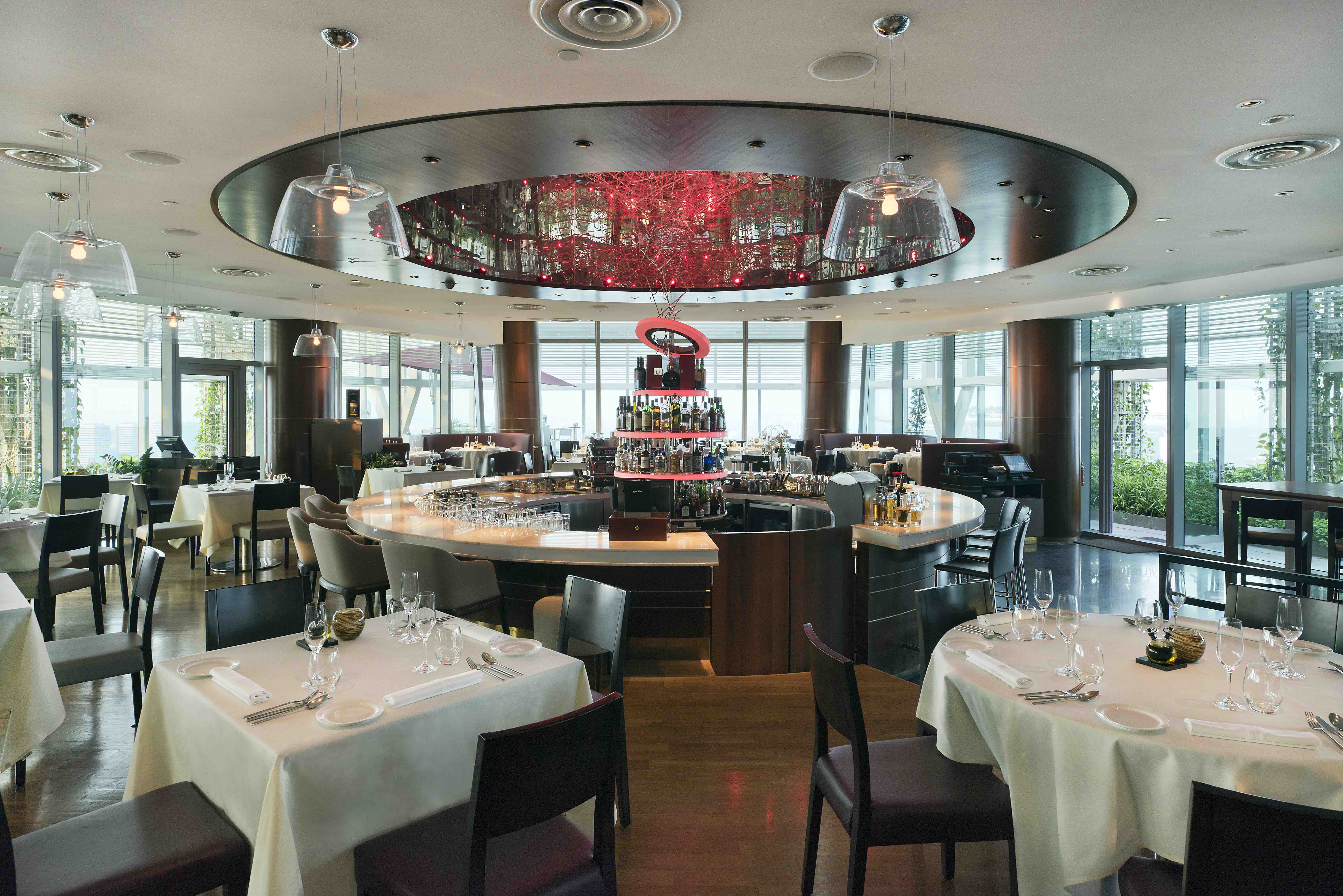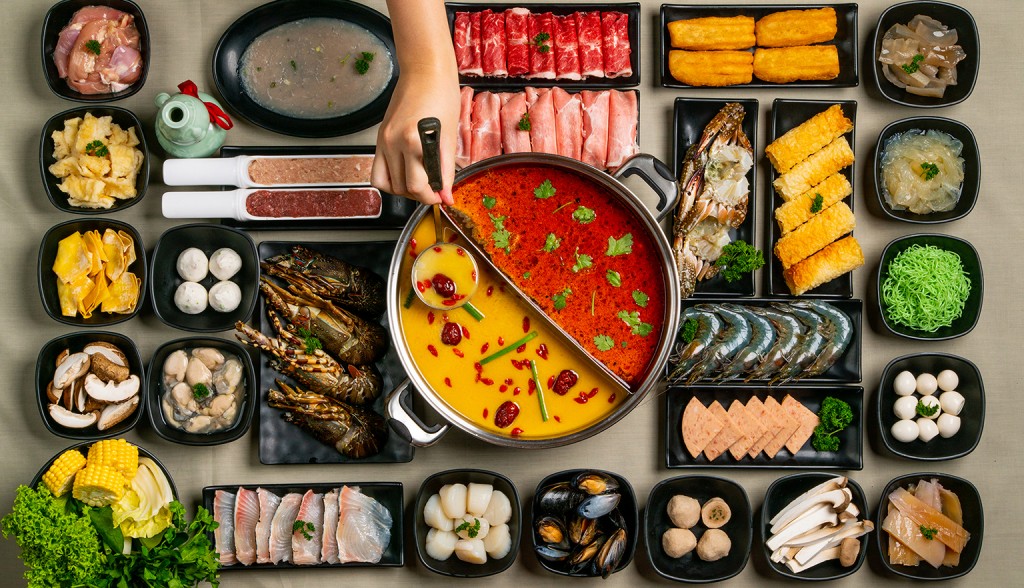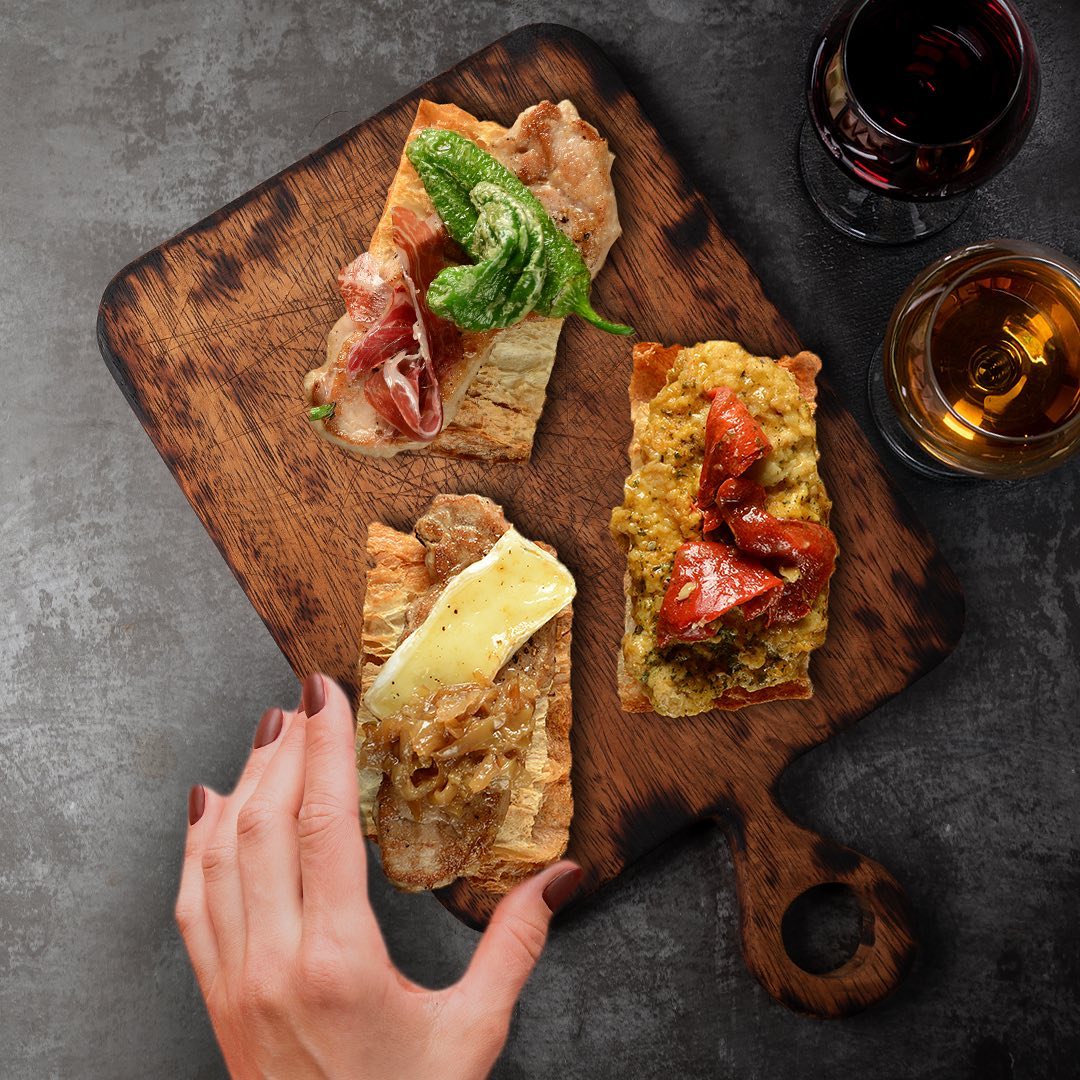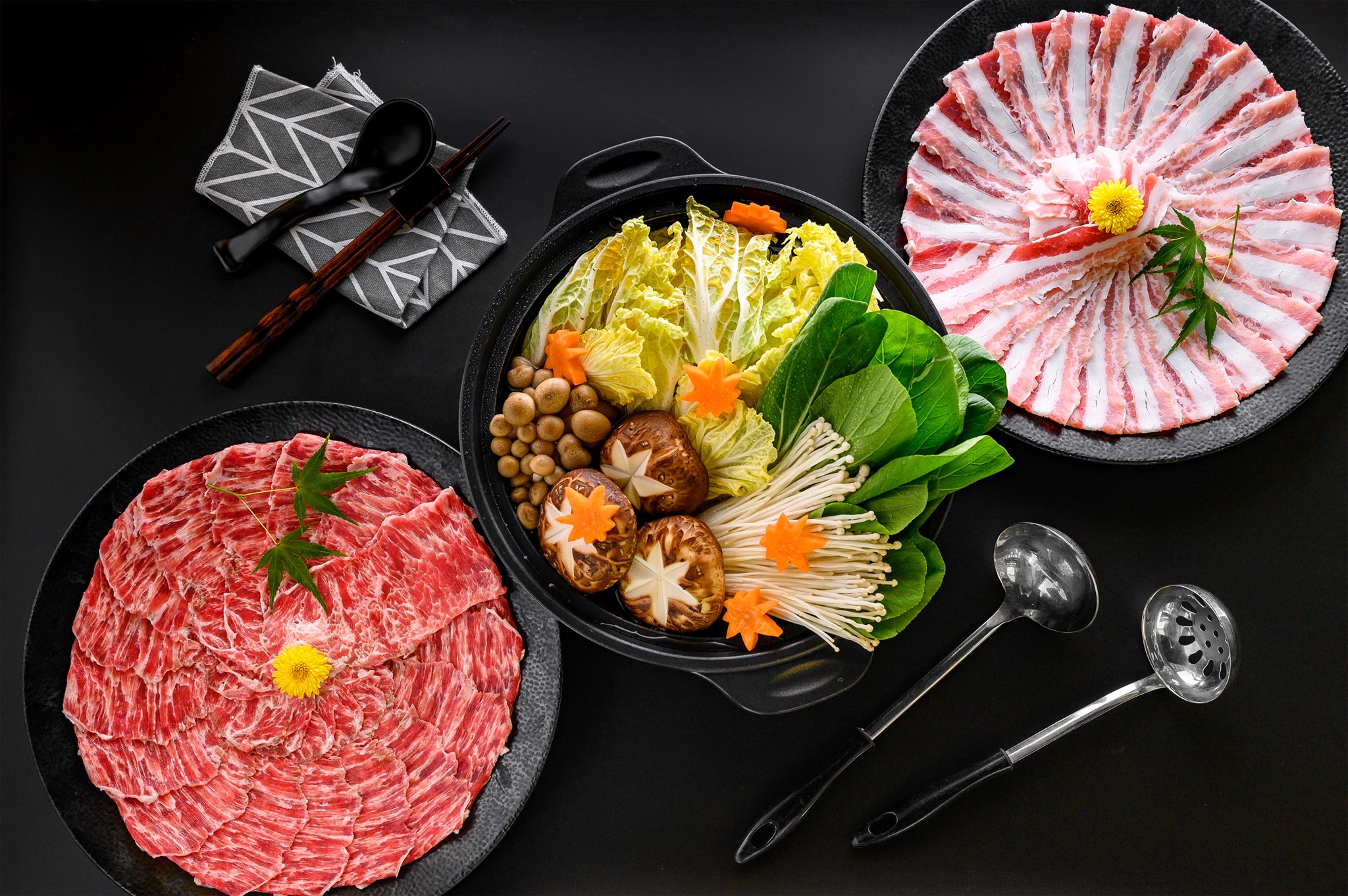Turning Japanese
So we might know our ebi from our unagi, but it seems there are still some etiquette faux pas we are making in our sushi restaurants. And most of these mistakes relate to what to do with those condiments. According to Candy Lim Choon Moy of fine dining restaurant Aoki, really top quality Japanese food needs very little garnishing or seasoning. So while using soy and wasabi is not unacceptable, drowning your food in them will mask the subtle flavors.
For instance, Lim says high quality sushi really shouldn’t be eaten with wasabi because it covers the freshness of the fish. But if you really can’t do without the green stuff, then just spread a little on the top of your fish and dip (don’t dunk) the bottom of your fish into the soy sauce.
Indeed, wasabi is a delicacy in itself and good quality wasabi should be taken seriously. Etiquette enthusiast and managing director of Mercury Marketing & Communications Tjin Lee says that high end wasabi should be placed on the side of the soya sauce dish, instead of blending it up into a soup with the soy as most of us do. “A Japanese chef told me you can’t appreciate the quality of good wasabi that way,” she adds.
Lee also advises that while it is okay to pick up small plates and bowls while eating, flat plates or big bowls should be kept on the table. And don’t worry about slurping your food in a Japanese restaurant—Lee assures us this is good manners in Japan and shows your appreciation for the food.
Chinese Whispers
Just because you can use chopsticks doesn’t mean you’re completely au fait with Chinese restaurant etiquette. Most of us know that leaving your chopsticks sticking out of the bowl of rice is considered to be bad luck. But using your chopsticks as a spear to stab the food is also not acceptable. Lee tells us that chopsticks should be used to pick up the food between them or on top of them, not to impale or as a fork and knife.
And whether you are avoiding carbohydrates or not, rice bowls must always be filled with a minimum of two scoops, not one. Michael Cheng, F&B operations manager for Min Jiang also warns against talking with a full mouth and slurping one’s soup—don’t mistake a Chinese for a Japanese restaurant. And be discreet when using a toothpick; cover your mouth with your free hand (no one wants to see what you’re doing behind there).
To ensure the other diners are comfortable and always hydrated, tip the teapot lid when it is empty—Lee rightly suggests this over waving madly at the waitress for top ups.
And don’t forget, Chinese restaurants are all about the communal dining experience, so be aware of your fellow diners. For example, as Lee points out, a crab only has two claws, so if you are dining with friends, it might not go down so well if you grab both the claws for yourself. According to Cheng, shaking your legs under the table is another restaurant no-no, not to mention it is pretty irritating for everyone else.
Since everyone at the table has to share the food, taking into account others’ food preferences is also important. “Guests who have a social conscience don’t always take kindly to eating endangered species, so don’t, for example order sharks’ fin. Many people do not eat sharks’ fin these days, and it is embarrassing to be left with untouched bowls,” says Lee.
Eye for Indian
Just because we eat roti prata regularly at 3am on a Saturday night doesn’t mean we’re experts in Indian dining etiquette. Indeed, most of us are oblivious to the nuances of Indian restaurant dining.
One of the greatest bones of contention is the best implement to use when eating Indian food. Executive Chef of Rang Mahal Manish Law says eating with your hands in a fine dining restaurant is an acceptable practice, but not throughout the entire meal. “Pappadums and Indian breads definitely need to be eaten with the hands, as they can’t be cut up with a knife and fork. As long as it doesn’t become too messy, it is ok to use the hands in a fine dining restaurant.” Lee takes a different view. “It’s customary to eat with your hands in a traditional Indian restaurant. But don’t eat like the natives if the natives don’t eat like natives. If it is a posh Indian restaurant, and cutlery is provided, you are probably expected to use it,” she says.
If you want to try honing your manual skills, then Law tells us that it’s always the right hand that puts the food into the mouth. “The left hand is to be kept clean for use of service or for picking up a drink or spoon or plate. Of course, it is hard to tear naan with just one hand so you can use your left hand in this case too.”
Law also gave us some tips on the best way to really enjoy Indian cuisine as it is meant to be eaten. “Diners who are not familiar with Indian food may order a table of kebabs (dry dishes),” he says. “We would recommend some curry dishes as well so that diners can enjoy the rice and breads better. Similarly, it is also not recommended to have a table of curries only. It is best to have a balance.”
10 Worst Dining Faux Pas
This may sound simple but it’s amazing how many people forget: When you are in a restaurant do not behave like you’re eating in front of the telly in your living room. Here are some serious no-no restaurant behavior that will instantly earn you the scorn of the maitre d’. So take our advice, please don’t:
- Chew with your mouth open
- Talk while chewing with your mouth open
- Rummage through every piece of food on a communal plate to find the perfect piece for yourself
- Leave your debris on the tablecloth
- Pick your nose
- Pick your ears
- Talk loudly on your handphone
- Slurp, burp, fart or make any other bodily noise
- Encroach on the table next to yours
- Make a mess at a buffet counter so the person after you is put off the food





